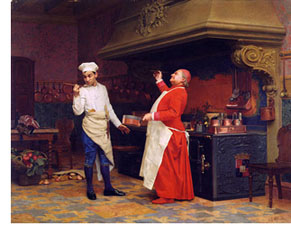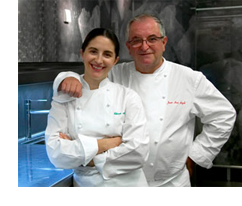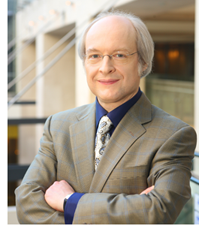
Taste is a very important driver of the eating experience and a complex human phenomenon. It has been a topic of scientific research and philosophical discussion.
Research on Taste
The mission of the Taste Science Laboratory in the Division of Nutritional Sciences at Cornell University is to elucidate the nature and impact of individual differences in perception – in particular, differences in taste and smell sensitivity – on personality, performance, and preferences.
In its first definition, the American Heritage Dictionary limits the tastes perceived by the taste buds to four: in fact there are at least six in addition to the classic four, there are the taste of fat, and a taste called umami. Umami means delicious in Japanese, and is the word for the savory taste of meat. In this way, our taste buds are designed to tell us about the nutritional qualities of the food we eat: sweet for ripe fruit and carbohydrates, sour for unripe fruit and vitamin C, salty for salt and other minerals, bitter for poisonous plants, umami for protein, and fat for fat!
The second definition, which includes smell and touch, is the one most people have in mind when they talk about the taste of a food; taste, in this sense, means flavor.
Taste and Philosophy
As part of my holiday reading list, I purchased Making Sense of Taste: Food & Philosoph by Carolyn Korsmeyer.
“Taste, perhaps the most intimate of the five senses, has traditionally been considered beneath the concern of philosophy, too bound to the body, too personal and idiosyncratic. Yet, in addition to providing physical pleasure, eating and drinking bear symbolic and aesthetic value in human experience, and they continually inspire writers and artists.”
Really looking forward reading it.



